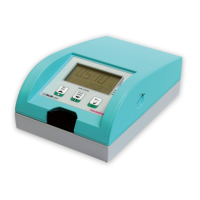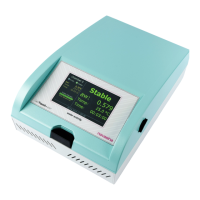What to do if Novasina Measuring Instruments show -.-•C or -.-•F?
- MMichael RamirezAug 12, 2025
If your Novasina Measuring Instruments display '-.-°C' or '-.-°F', this indicates that the temperature measurement is outside the range of -20 to 80°C. It could also mean the sensor is disconnected or defective. To resolve this, connect or replace the sensor.


